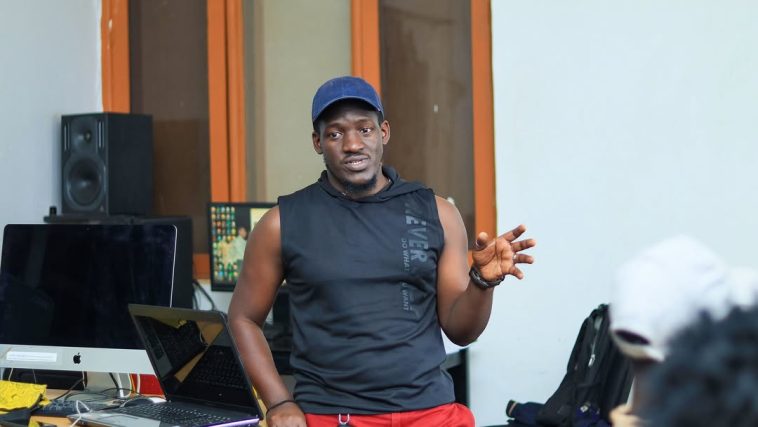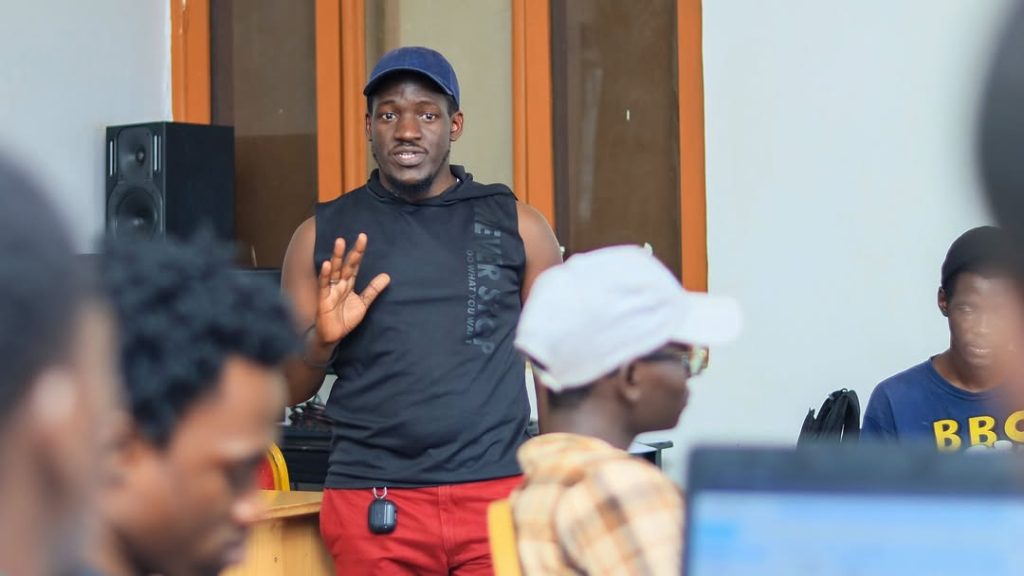
I had the privilege of facilitating a beginner’s casting workshop at Kampala Film School, hosted as part of a two-week Directing for Fiction program led by the incredible filmmaker Pamela Keryeko. My sessions ran on Monday 8th and Tuesday 9th at the school’s Ggaba-based campus under Kampala University.
What made this experience particularly exciting was the chance to interact with trainees who are just stepping into the world of filmmaking, many of them with ambitions to pursue it as a serious business. This group came with the kind of energy that’s both refreshing and challenging: eager minds filled with theory, YouTube tutorials, set gossip, and second-hand stories from other filmmakers. Some were surprisingly “informed,” but as I quickly learned (and as they later agreed), much of that “knowledge” was built on myths and misconceptions.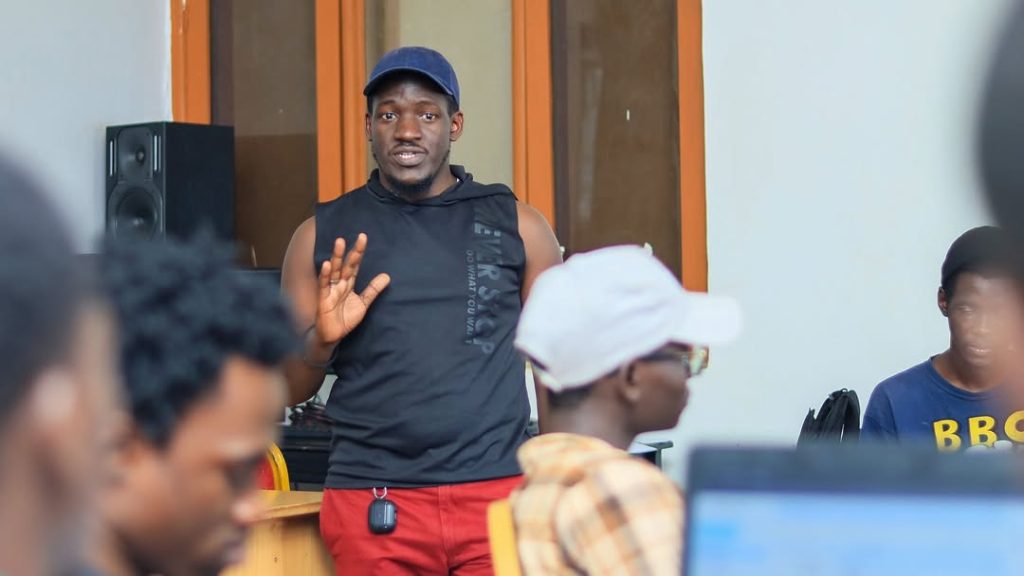
And that’s exactly where our work began.
The focus of this workshop was to demystify the casting process. We unpacked crucial questions like:
- What is casting?
- Why is it called “casting direction,” and why is the person called a director?
- When does casting begin, and how is it different from auditioning?
- What makes a strong casting call?
- Who sits on an audition panel and why?
- What’s the difference between open casting calls and targeted casting?
- What does the casting director discuss with the producer (logistics)? With the director (artistic vision)?
- Does the casting director help with actor contracts and negotiations?
- And most importantly: When does their job begin and end?
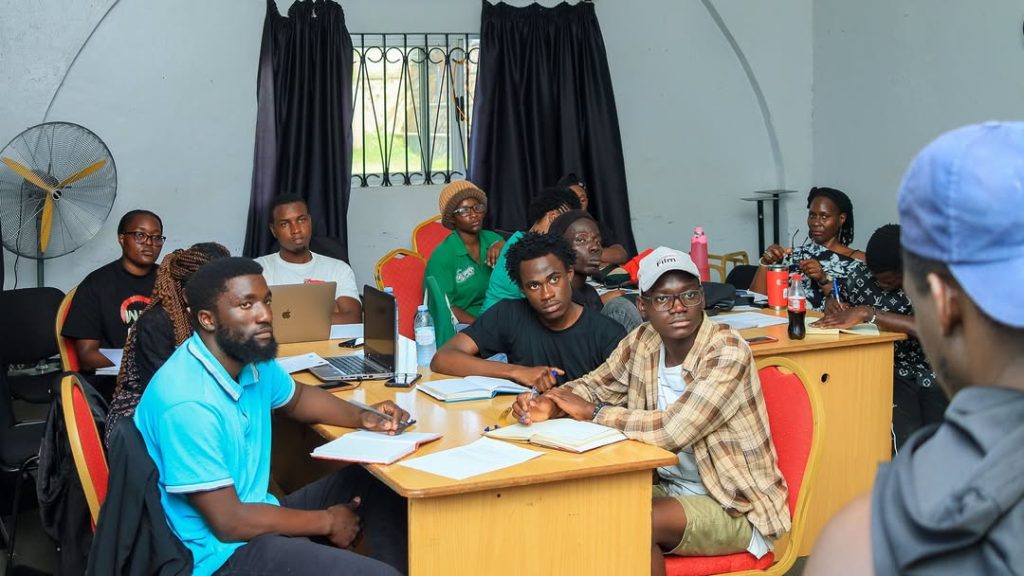
It was fascinating to hear the participants attempt to answer these at the start of the workshop and deeply satisfying to see how their perspectives evolved by the end. That transformation, for me, is the most rewarding part of teaching.
What I deeply appreciate about Kampala Film School is how intentional they are in exposing their students to real-world industry practices. Many professional filmmakers have been on set for years without truly understanding or valuing the role of a casting director. The tendency in our industry, especially due to limited resources, is for one person to wear multiple hats: the scriptwriter is also the producer, director, lead actor, casting director, DOP, location manager and sometimes even the boyfriend of the female lead. This jack-of-all-trades approach may get the job done, but it dilutes the collaborative spirit essential for high-quality filmmaking.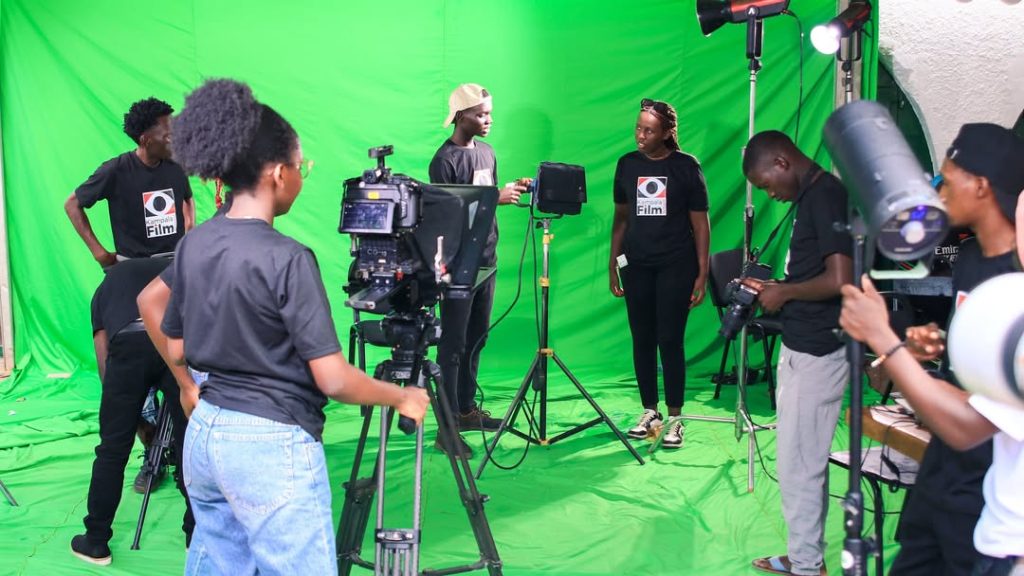
By hosting focused workshops like this, Kampala Film School is bridging the gap between academic theory and professional practice, ensuring their students don’t just graduate with knowledge, but with insight.
My hope is that more filmmakers begin to understand the value of investing in the casting process, not just as a formality, but as a vital pillar of production that can make or break the entire story.
Big thanks to the administration, Pamela Keryeko, and most importantly, the eager learners who asked bold questions and reminded me why casting is such an art of precision, instinct, and collaboration.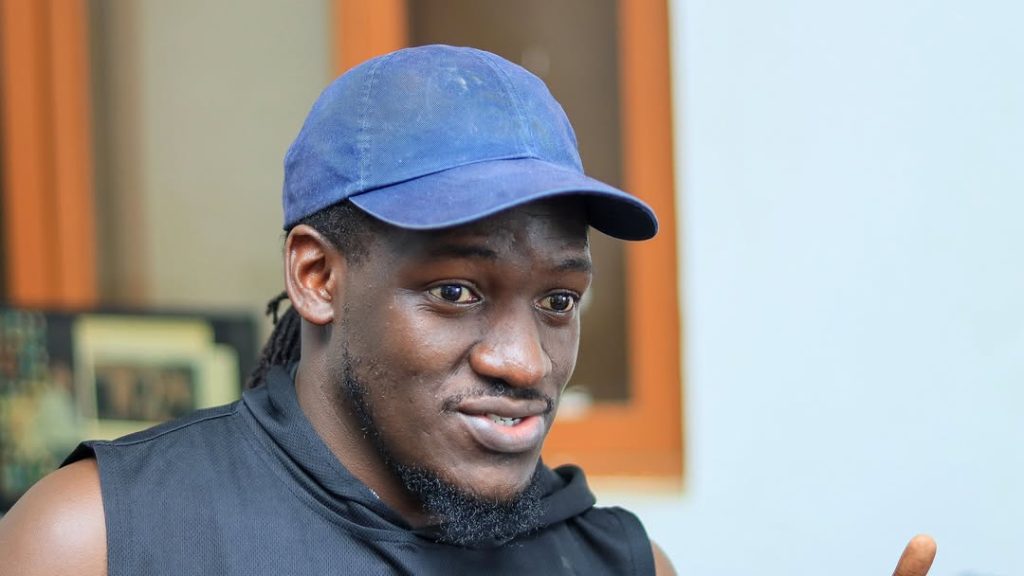
This post was created with our nice and easy submission form. Create your post!


